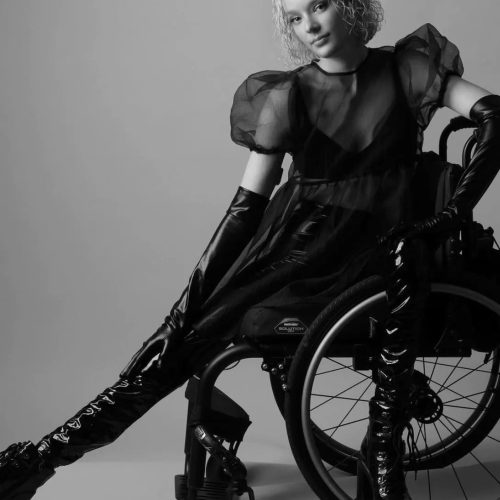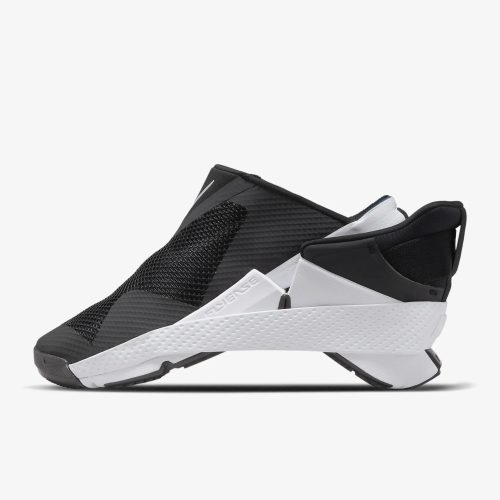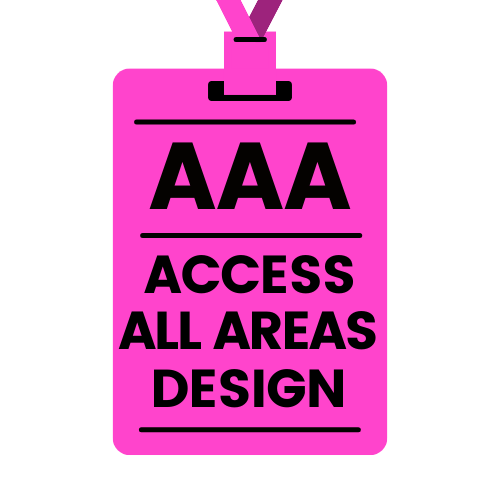ARE THESE BOOTS MADE FOR WALKING?

The proverb “clothes make the man”, that is, people will judge you by the clothes you wear, has quite an impressive literary pedigree – from Homer’s ‘The Odyssey’ in 8 B.C. to William Shakespeare’s ‘Hamlet’ in 1600, to Mark Twain in the late 1800s – the importance of making a good impression by way of your attire has been around for a long time.
Although we learn from a young age that what we wear affects how others perceive us, our garments are not just about others’ perceptions of us; clothes can also subconsciously influence how we feel about ourselves.
There have been numerous studies on how much clothes form part of our identity with researchers having recently coined the term “enclothed cognition” to describe the impact that clothes can have on mood and health. A 2012 study found that people randomly assigned to wear white “doctor’s coats” did significantly better on cognitive tests than people not wearing the lab coats.
If clothing affects how other people perceive us and how we think about ourselves, what happens when we are limited in our choice of clothes because those clothes are difficult or impossible to put on, or getting dressed independently is challenging?
Most of us don’t spend a lot of time thinking about getting dressed. Sure, we might care about our style, but the actual process of putting on clothes – pants one leg at a time, button through the buttonhole – is an automatic function.
But imagine having coordination or strength issues, how do you pull up a zip? Or how do you put shoes on prosthetic legs? People with disabilities and the elderly often have to compromise on wearing certain garments and shoes and have had to improvise, modifying garments to make them accessible. But now, things are slowly changing thanks to innovation and the emphasis on inclusivity in the fashion industry, with adaptive clothing.
Adaptive clothing is clothing designed for people with disabilities, the elderly, and people who may have difficulty dressing due to a lack of mobility or an inability to manipulate closures, such as buttons, zips, or shoelaces. It’s also for people with sensory issues who are sensitive to certain textures and materials.
Adaptive apparel makes it easier for people to dress independently with garments that use different features such as Velcro closures, one-handed zips, and magnetic buttons to make dressing simpler, while still having the outward appearance of typical clothing. Adaptive attire allows people with disabilities and the elderly more freedom to wear the clothes they want to wear and express themselves through fashion.
Here are some companies at the intersection of adaptive clothing technology and on-trend fashion that don’t sacrifice fashion in the name of accessibility:

Open Style Lab
Open Style is a non-profit organisation that makes fashion accessible to people of all abilities and is dedicated to creating functional wearable solutions without compromising on style. They team with designers, engineers, and occupational therapists to conceive and build accessible clothes that address the needs of, and for people with disabilities. Their mission is for all people to have access to style, regardless of cognitive and physical ability. They aim to achieve this via education, research and innovation, and raising awareness.
BILLY Footwear
BILLY Footwear was founded on the principle of inclusion and perseverance and revolutionises how people put on and take off their shoes by creating shoes with zip designs that can be worn with minimal effort. Combining fashion with function, and with dozens of men’s, women’s and kid’s styles to choose from, this footwear is made with universal design principles and fashion in mind. It bridges the gap between adaptive and mass-market footwear.
Runway of Dreams
Runway of Dreams is a non-profit foundation, founded by Mindy Scheier that works to broaden the reach of adaptive clothing innovation and promote people with disabilities in fashion through inclusion, empowerment and opportunity. Scheier was inspired by her son Oliver, who has a form of muscular dystrophy, who wanted to wear regular jeans to school like his friends, but couldn’t find any that fit properly over leg braces and were easy to get on and off. “Wearing sweatpants every day makes me feel like I’m dressing disabled,” Oliver told his mother. Envisioning a world where adaptive clothing for people with disabilities is mainstream and accessible for all, Runway of Dreams continues to break down barriers and challenge industry norms.
Nike FlyEase
In 2015, Nike created the FlyEase, an easy to put on and take off zipper and strap designed athletic sneaker inspired by a letter from a teenager with cerebral palsy who struggled with regular sports shoes. These easier access styles have the same performance technology as all Nike shoes and are available for all purposes including running and basketball, and cater for braces and foot orthotics. They also make the FlyEase in men’s, women’s and children’s sizes.
